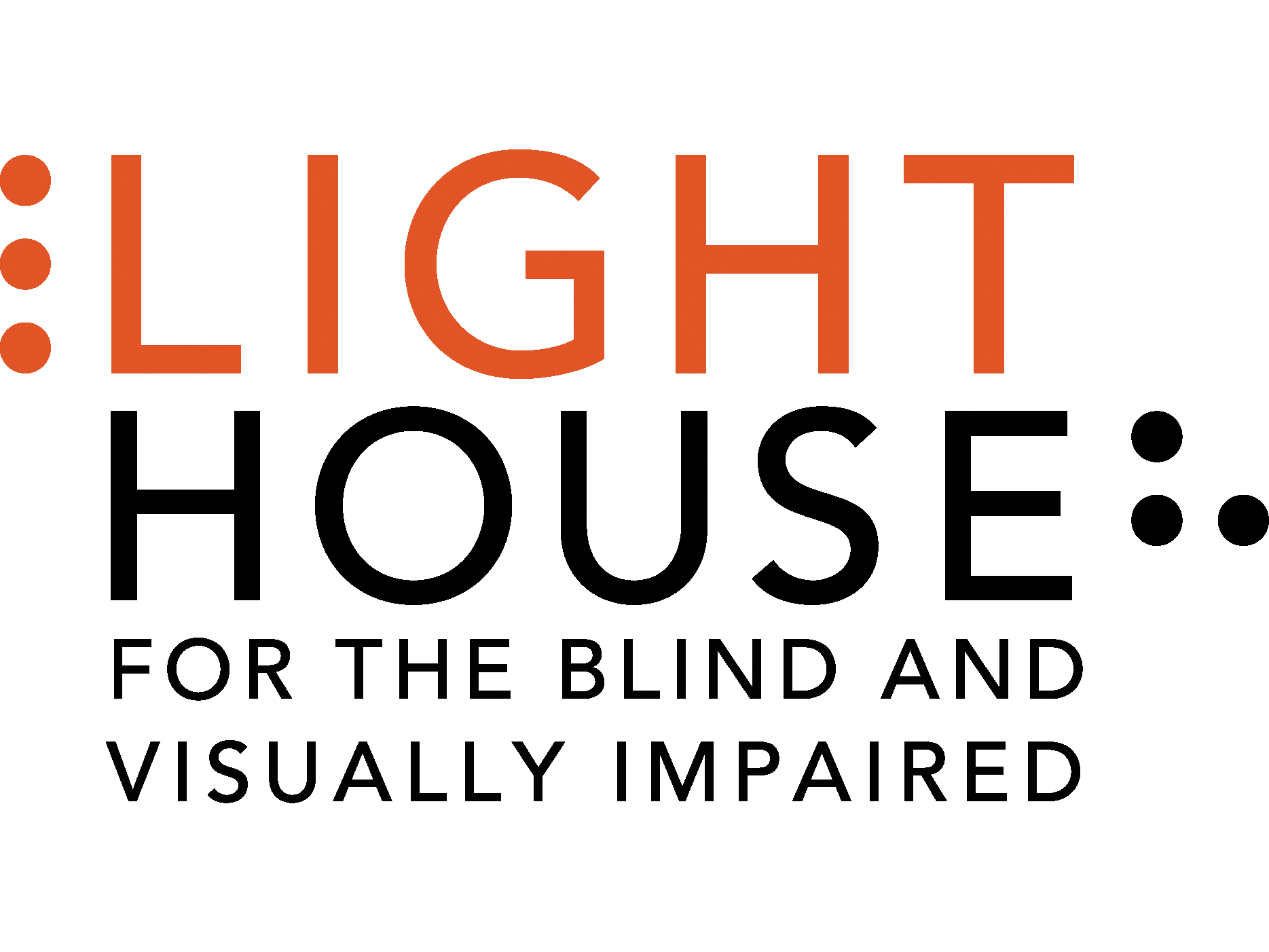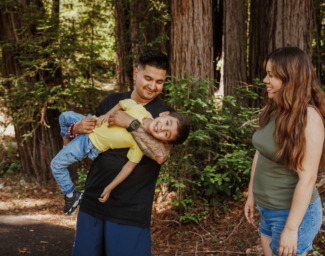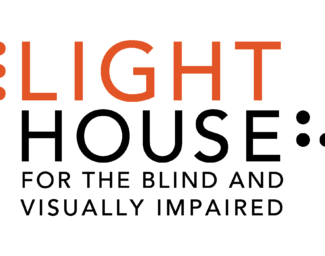Your Questions Answered
December 17, 2025: Please read the end of year blog post from our Board of Directors here.
LightHouse for the Blind and Visually Impaired FAQ
December 12, 2025
What is the status of the potential partnership?
On December 11, the Board voted no on the possible Lighthouse Guild partnership. The input from staff, executive leadership, union representatives, volunteers, the community and blind and low vision leaders during the process is greatly appreciated and valued.
When will more details be shared about the next steps?
With the decision made to not move forward, we are taking a pause before we take any actions to meet our approved fiscal 2026 budget. We will work diligently to develop a new path forward that is in alignment with our strategic plan. Even with some uncertainty ahead, LightHouse for the Blind and Visually Impaired remains committed to our mission and vision in a world where blind and low vision people flourish.
How can people support LightHouse for the Blind and Visually Impaired?
Now more than ever, we need the united support of the community. We invite you to support our team and mission: (https://lighthouse-sf.org/get-involved/support-lighthouse/).
How can I get started in working with LightHouse?
To get started with in any service at LightHouse, prospective students can call 415-694-7323 or email GetStarted@lighthouse-sf.org
Visit our website to Begin Your Journey with us https://lighthouse-sf.org/begin-your-journey/
What is a Service Navigator?
A Service Navigator is your LightHouse point of contact for connecting to services. They will be with you as you start your unique journey, whether it is to gain employment or purchase a birthday present for your grandchild online.
If I have a concern or feedback about my services, who can I contact?
Email RCSfeedback@lighthouse-sf.org or Call (415) 694 – 7689
All complaints, grievances, and appeals will remain confidential and can be performed anonymously if the student so chooses. Upon filing a complaint, grievance, or appeal LightHouse must collect either an email or physical address for written communication for the resolution process. All communications during the resolution process, either written or verbal, will include the appropriate escalation pathways either internal or external.
Where can students or community members with more questions be directed?
If you have questions or comments about anything LH-related, feel free to click the link below and fill out our Community Comment Form. Submit a Community Comment Here.


